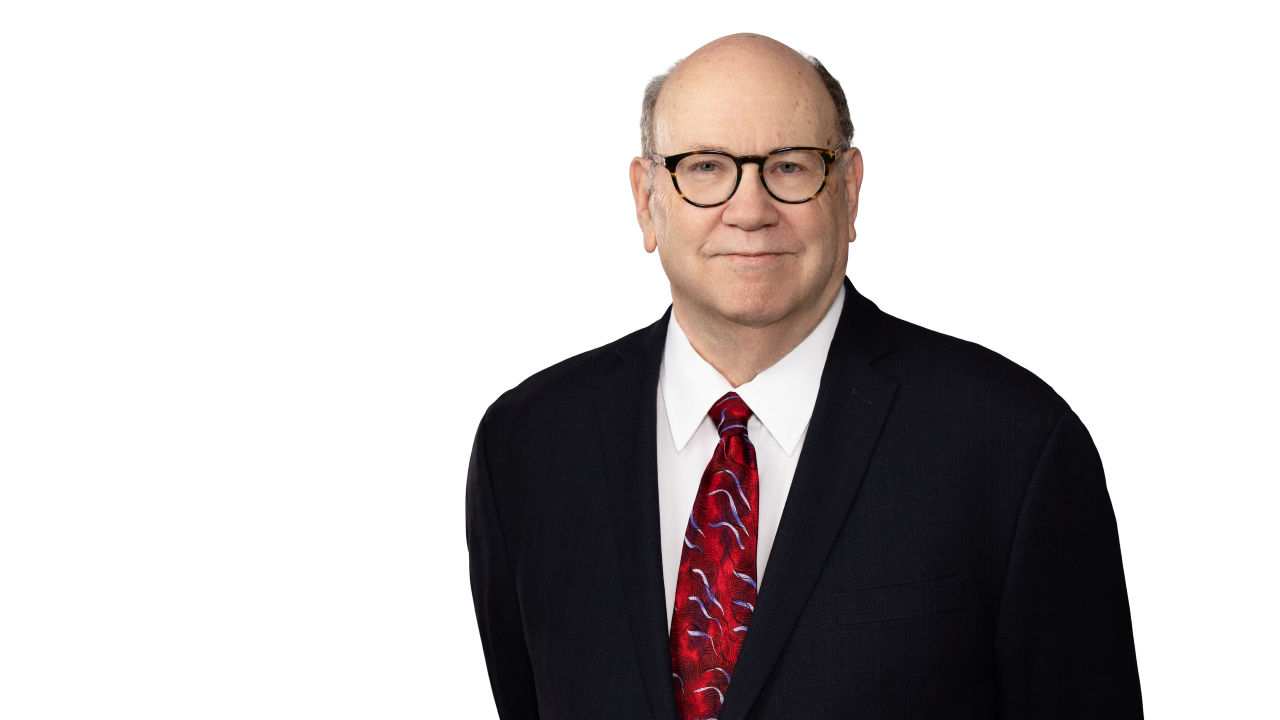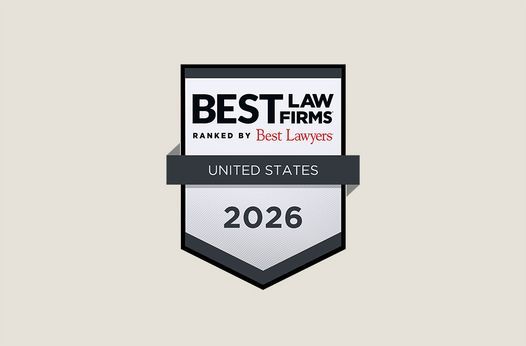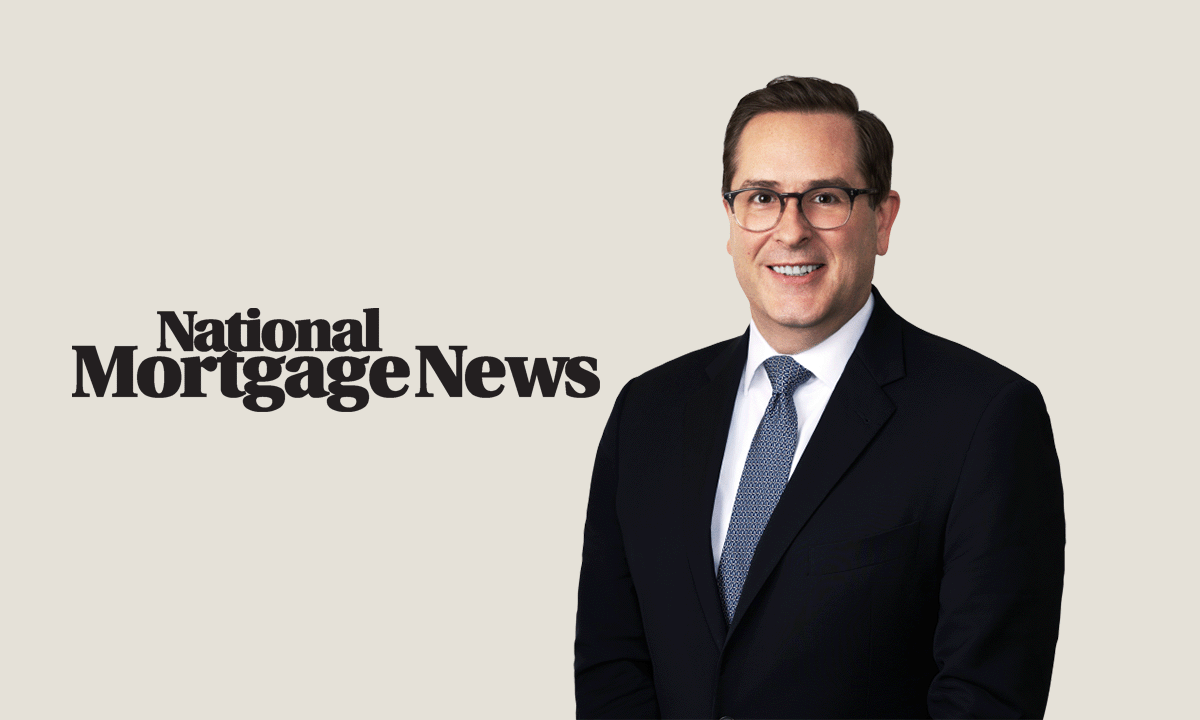Financial Relief Assistance for Small Medical Practices under the CARES Act
Healthcare Alert | 2 min read
Apr 3, 2020
The Coronavirus Aid, Relief and Economic Security (CARES) Act, which was signed into law last week, provides for loans to small businesses which may include medical practices. Hinshaw covered the CARES Act extensively in an alert earlier this week. A significant provision of the CARES Act is the Paycheck Protection Program (PPP), which provides money for forgivable loans to keep workers employed during the COVID-19 crisis. Beginning Friday, April 3, 2020, borrowers can apply for a PPP loan at any lending institution which is approved to participate in the Program through the existing SBA 7(A) Program, and additional lenders approved by the Department of Treasury.
A small business that is eligible for a PPP loan is an entity that generally has less than 500 employees. However, this definition is possibly subject to other Small Business Association (SBA) size rules.
The PPP loan may be used to cover payroll costs, interest on mortgage obligations, rent payments and utility payments. All such payments during the covered period are eligible for forgiveness. The period covered by the PPP extends from February 15, 2020 to June 30, 2020. Medical practices can choose eight weeks that they want to count towards the covered period.
For small businesses, the PPP forgives an amount equal to the sum of the costs listed below, incurred and payments made during the covered eight week period beginning on the date of the origination of a covered loan. The sum of these amounts include:
- payment costs (up to $100,000 annually per employee) (the definition of "payroll cost" excludes leave payments made pursuant to the Family First Coronavirus Response Act);
- costs related to group health care benefits during periods of sick leave, medical or family leave, and insurance premiums;
- employees' salaries, commissions, or similar compensation;
- payments of interest on any mortgage obligation;
- rent;
- utilities; and
- interest on any other debt or obligation incurred before February 15, 2020.
The amount of the loan eligible forgiveness is reduced proportionately by any reduction in employees during the covered period, as compared to a prior period, which the borrower may elect to be either the period beginning February 15, 2019, and ending on June 30, 2019, or the period beginning on January 1, 2020 and ending on February 29, 2020. Additionally, the amount of the loan eligible for forgiveness will be reduced by any reduction in pay in excess of 25% of those employees that make less than $100,000 annually.
As an encouragement for employers to rehire any employees who have already been laid off due to the COVID-19 crisis, the PPP provides that employers who rehire previously laid off employees—or increase an employee's salary which was previously reduced—will not be penalized for having a reduced payroll at the beginning of the covered period. The PPP waives the credit available elsewhere provisions and personal guarantees and collateral requirements of the SBA. If the full principal of the PPP loan is forgiven, the borrower is not responsible for interest accrued during the eight week coverage period. The remainder of the loan that is not forgiven will operate according to specific loan terms agreed upon by the borrower and the lender.
Related People
Related Capabilities
Featured Insights

Press Release
Jan 6, 2026
Hinshaw Adds Four-Member Consumer Financial Services Team in DC and Florida

Employment Law Observer
Dec 8, 2025
12 Days of California Labor and Employment: 2025 Year in Review

Press Release
Dec 4, 2025
Hinshaw Recognized by the Leadership Council for Legal Diversity as a 2025 Top Performer

Press Release
Nov 25, 2025
Hinshaw Legal Team Secures Summary Judgment in Gas Station Injury Case

Press Release
Nov 18, 2025
Hinshaw Releases the Third Edition of Duty to Defend: A Fifty-State Survey

In The News
Nov 13, 2025
A Profile on Neil Rollnick: After 57 Years in Practice, He Has No Plans to Retire








